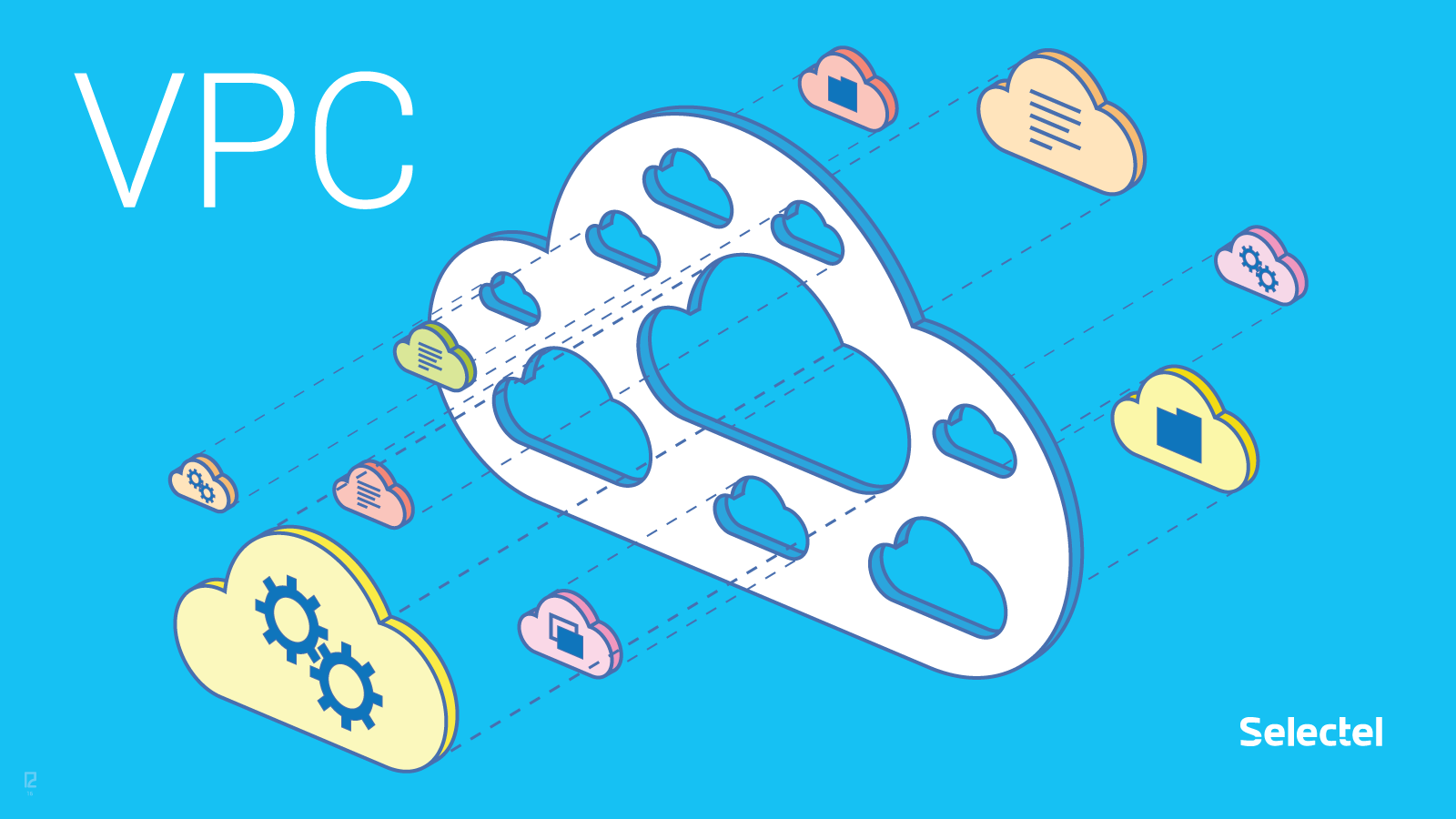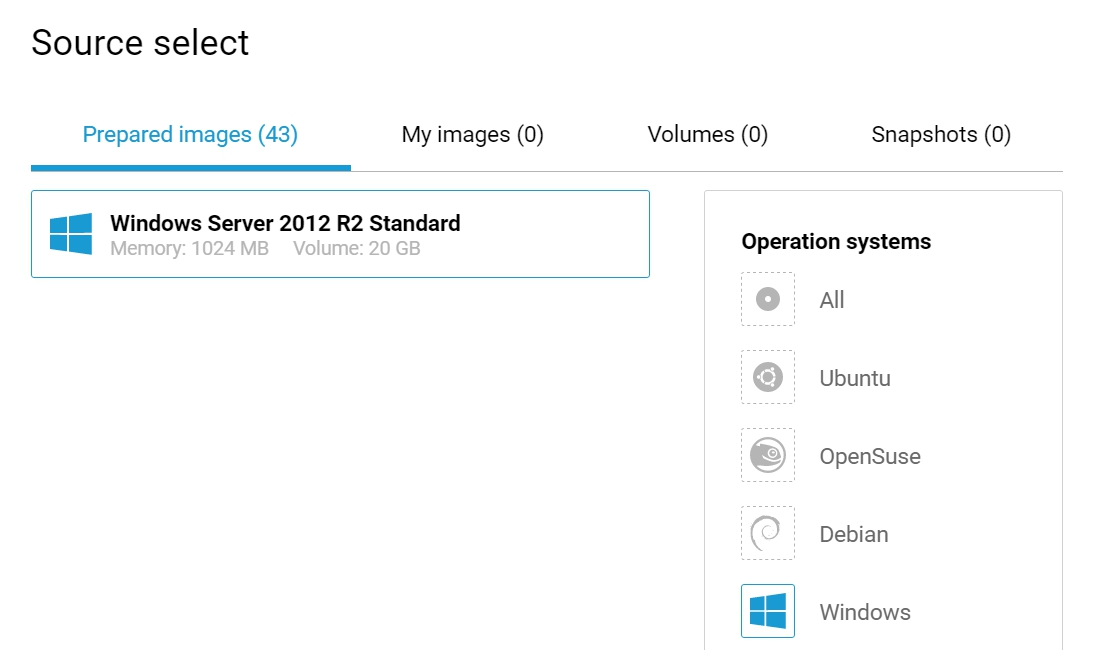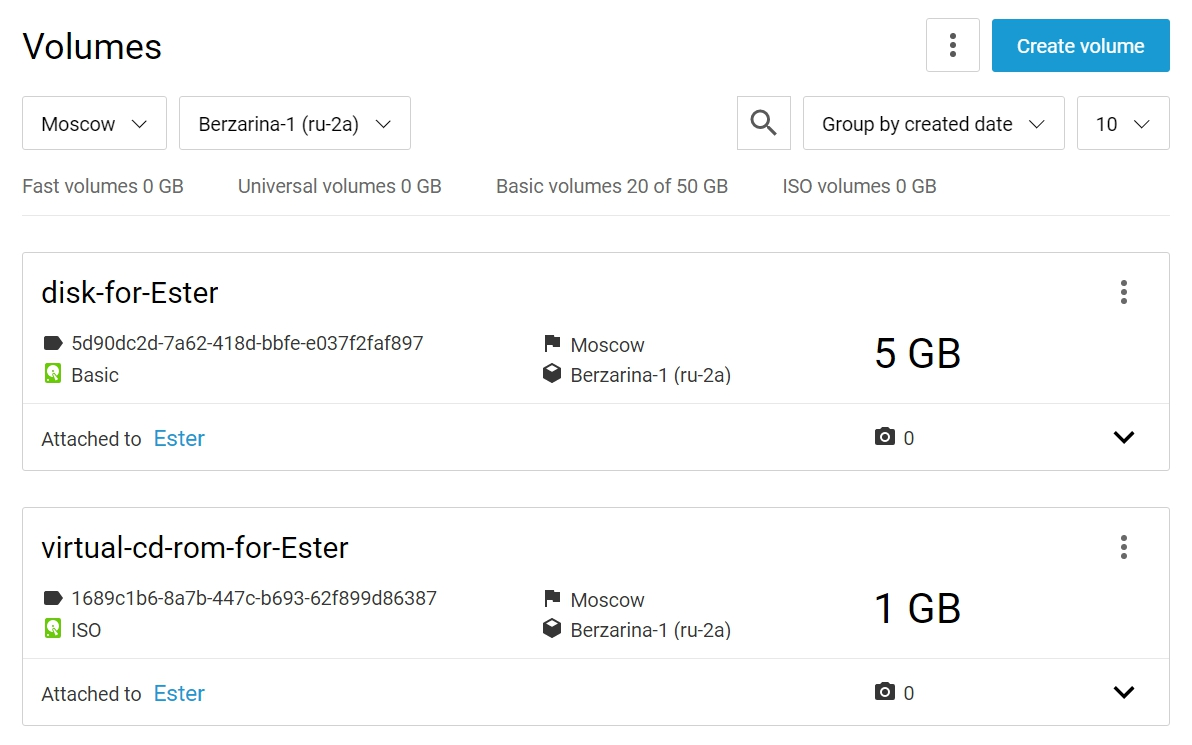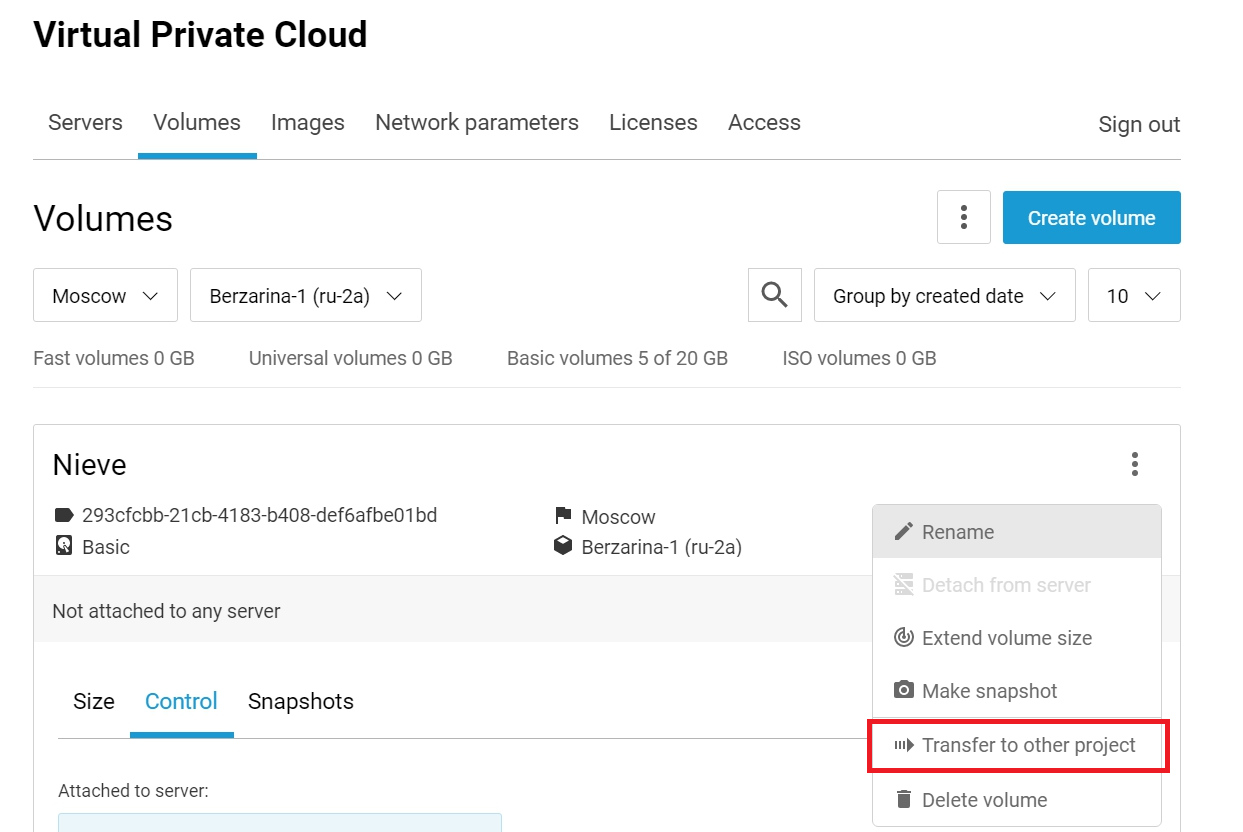Virtual Private Cloud: Windows and Other Updates

In addition to the API, we’ve spent the last few months making general improvements to our Virtual Private Cloud. In this article, we’ll be talking about the latest updates and innovations.
Windows Images
Corporate clients make up a large portion of our VPC user base. Since these clients require Windows-compatible software to keep their businesses running (accounting programs, document management systems, etc.), we’ve added a Windows Server 2012 R2 Standard image.
Testing started back in the summer of 2015, and by the end of the year, it was already in production:

All of our Windows images contain cloudbase-init. During the initial boot, the system performs the following:
- configures the network;
- assigns a hostname;
- creates a user account (admin by default) and password; and
- activates the Windows account.
These settings can always be changed manually later on.
New machines created from snapshots or images of pre-configured machines will still have to run the system setup. This makes deploying a large number of similar servers easier as you don’t have to manually configure each network or reset each password.
Windows licenses are charged hourly.
Creating Virtual Machines from ISO Images
Our image store supports ISO files. You can upload ISO images and install operating systems onto virtual machines the same way you would install an OS from a CD onto a physical machine (we’ve already discussed how to create VPC-compatible ISO files).
When installing an OS from an ISO, a virtual CD is created. This will automatically be attached to your server:

Once the operating system has been installed, it’s a good idea to delete the virtual CD. Virtual CDs are free to use, but they do take up space from your image storage quota.
Transferring Disks Between Projects
Disks can also be transferred between projects (including between accounts):

This may come in handy if you have to create multiple instances of the same project. Let’s say you’re developing software and need to prepare several environments, all with the same settings. With this option, the environment only has to be set up once. You can take snapshots of these disks and then use them to create copies. These can then be transferred to different projects.
Conclusion
We’re always working to improve our services with our clients in mind. We hope you’ll find these changes useful for your future projects. If you’ve been an active user of our VPC, you also might have noticed one another significant change: Zones and Regions. We’ll talk about this in our next article, though.